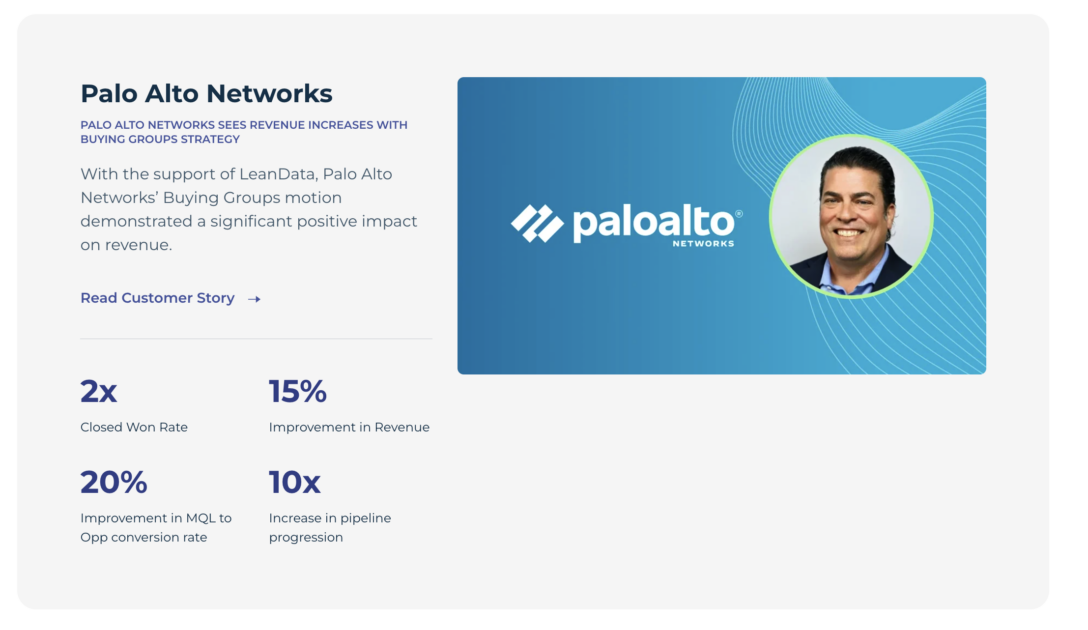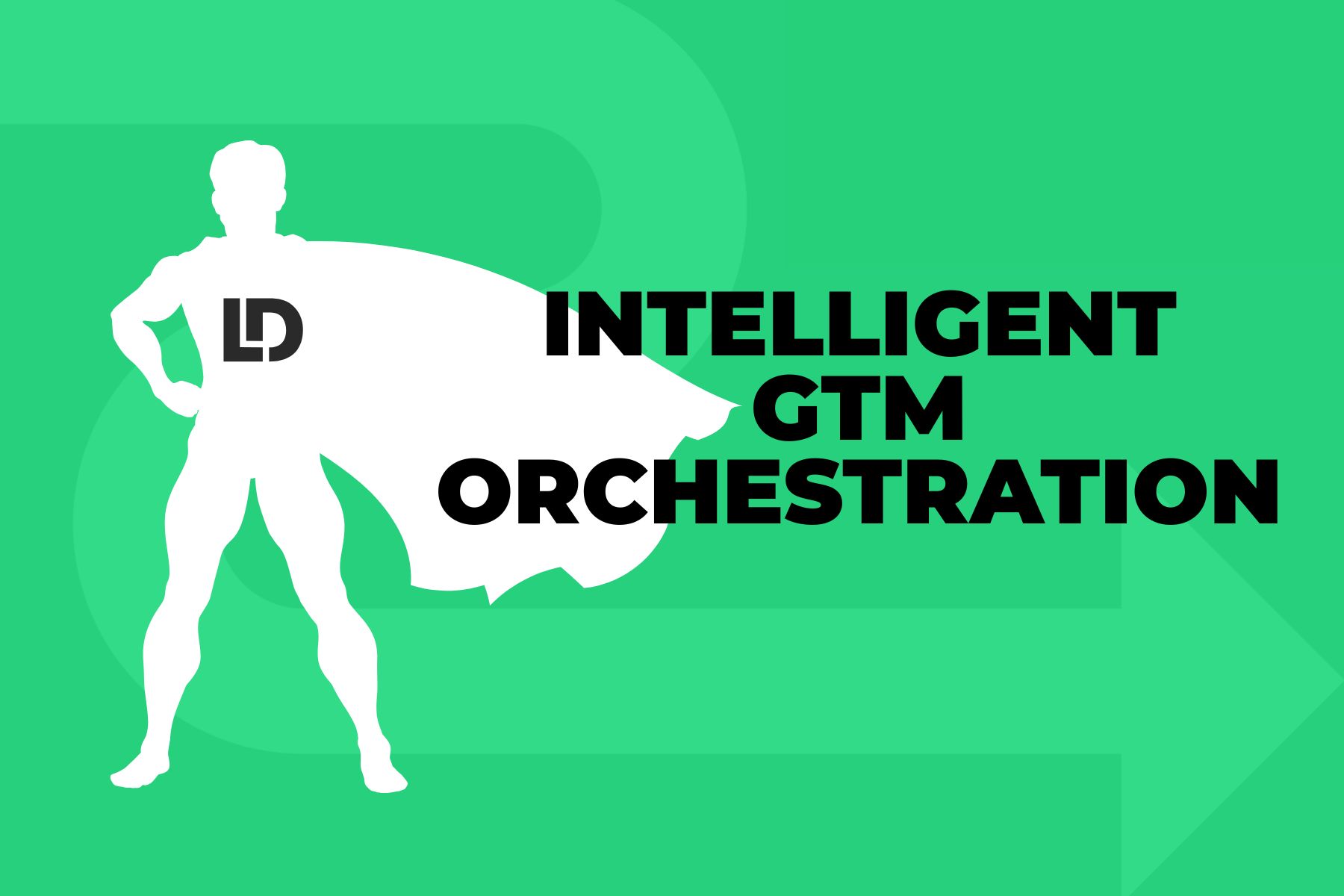Summary
The next phase of GTM transformation is more than updating your tech stack. It’s about connecting data, systems, and buyer signals to create a unified, intelligent go-to-market engine. Learn how AI and orchestration are helping B2B teams align strategy to execution and deliver experiences that match the pace of modern buyers.
What You’ll Learn
- Why GTM transformation is the natural evolution of digital transformation
- How AI and automation are reshaping modern go-to-market systems
- The role of buyer signals in driving alignment across sales, marketing, and RevOps
- Common challenges of disconnected GTM stacks—and how to overcome them
- Practical steps to build agility and intelligence into your GTM operations
Digital transformation has been part of the business vocabulary for decades. What began with automating back-office systems in the 1980s and connecting customer data in the 1990s has evolved into something far more complex and far more urgent.
Today, the transformation conversation isn’t about whether you’ve digitized.
It’s about whether your go-to-market (GTM) systems can keep pace with a buyer who’s already moved on to the next stage of their journey before your teams even notice the signal.
81 %
85 %
From Digital Transformation to GTM Transformation
The term digital transformation once meant replacing manual processes with technology. But most B2B organizations have already done that. CRMs, marketing automation platforms, and data-intelligence tools are now table stakes.
The real challenge is what comes next: creating a connected, responsive, and intelligent GTM ecosystem that can sense buyer intent, align teams in real time, and trigger the right action automatically.
This evolution is what many RevOps and GTM leaders are calling GTM transformation: the shift from technology-enabled to signal-driven growth. It’s the moment when organizations stop thinking about tools in isolation and start orchestrating them around the buyer journey.
The New Buyer Dynamic
Buyers no longer rely on sellers to educate them. They do their own research, compare vendors across peer networks, and engage on their own terms.
As a result, the B2B buyer journey now mirrors the consumer experience: frictionless, fast, and personalized. The expectations have changed:
- Buyers expect instant responses, not follow-ups “within 24 hours.”
- They expect outreach that reflects what they’ve already done, not what they did last quarter.
- And they expect every interaction, marketing, sales, or customer service, to feel like one conversation, not three disconnected ones.
When sellers and systems aren’t aligned to those expectations, opportunities slip through the cracks.

Where Traditional Revenue Stacks Fall Short
Over the past decade, companies have layered more tools into their revenue tech stacks: CRMs, engagement platforms, chat, scheduling, analytics, and intent data providers. Each solves a problem, but together they often create new ones:
- Fragmented data: Critical buyer signals live in separate systems.
- Disjointed workflows: Teams duplicate effort or respond out of sequence.
- Limited visibility: Leaders can’t see how strategy connects to execution.
The irony is that the more tools companies add, the harder it becomes to deliver the seamless experience those tools were meant to enable.
The Shift Toward Intelligent Orchestration
To meet the pace of modern buyers, GTM systems must evolve from integrated to intelligent. That means:
- Unifying signals across the buyer journey. Every click, meeting, and form fill is a signal. The value comes from connecting them across accounts, channels, and teams.
- Automating the next best action. Rather than relying on manual triage or spreadsheets, automation ensures the right follow-up happens every time, regardless of who owns the record.
- Turning insight into iteration. Once execution is automated, teams can measure what works, refine their approach, and continuously improve.
This isn’t about adding another platform. Rather, it’s about rethinking how the existing GTM stack works together and ensuring every system contributes to the same goal: helping buyers buy.
What GTM Transformation Looks Like in Practice
Organizations leading the way share a few common traits:
- Cross-functional collaboration: RevOps acts as the connective tissue between marketing, sales, and service.
- Signal-driven workflows: Teams prioritize actions based on real-time buyer engagement, not static lead scores.
- AI-assisted insights: AI helps identify buying groups, predict deal momentum, and recommend next steps.
- Adaptable processes: No-code or low-code frameworks enable fast changes when markets, territories, or strategies shift.
The result is not just faster execution, but smarter execution, where every interaction adds context and value to the next.

Why Alignment Matters More Than Technology
Tools are only as powerful as the strategy behind them. The future of GTM isn’t a bigger stack. It’s a more connected one unified by shared data, common goals, and clear accountability.
True transformation happens when strategy, systems, and teams move in sync with buyer behavior. That alignment fuels what every organization is after: efficient growth. This means achieving more revenue with fewer resources, less waste, and greater precision.
The Road Ahead
Digital transformation modernized how businesses operate. GTM transformation is modernizing how businesses grow.
As AI, automation, and orchestration mature, the companies that thrive will be those that translate signals into strategy and strategy into execution, faster than their competitors.
Because in today’s market, transformation isn’t a one-time project. It’s a continuous motion powered by intelligence, agility, and alignment.










